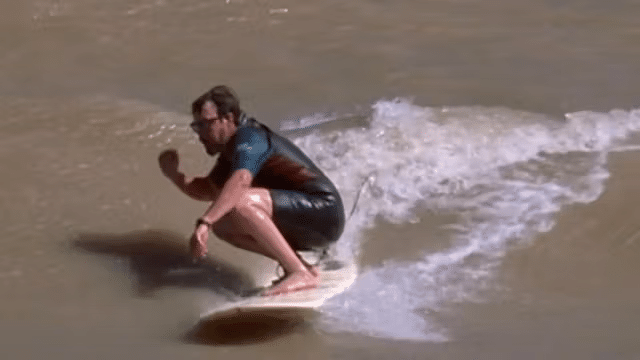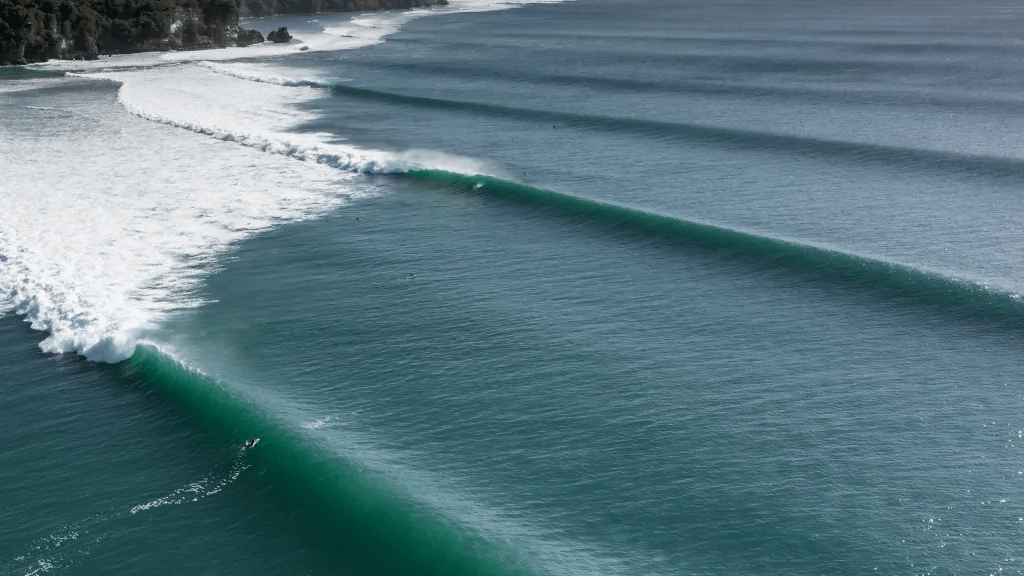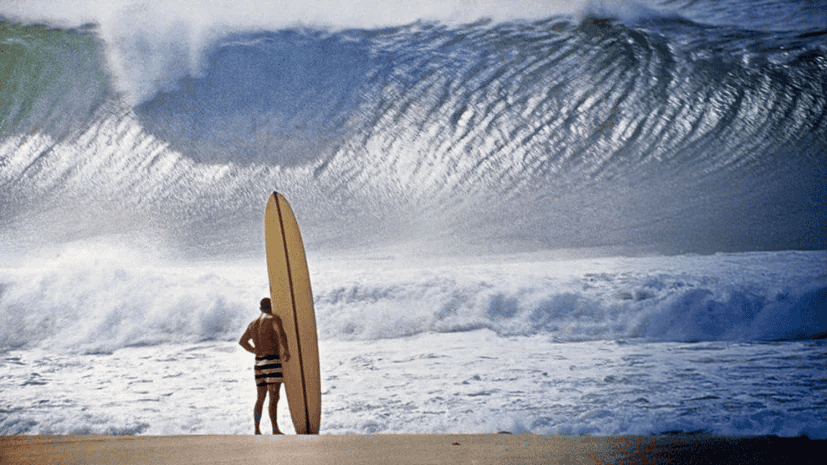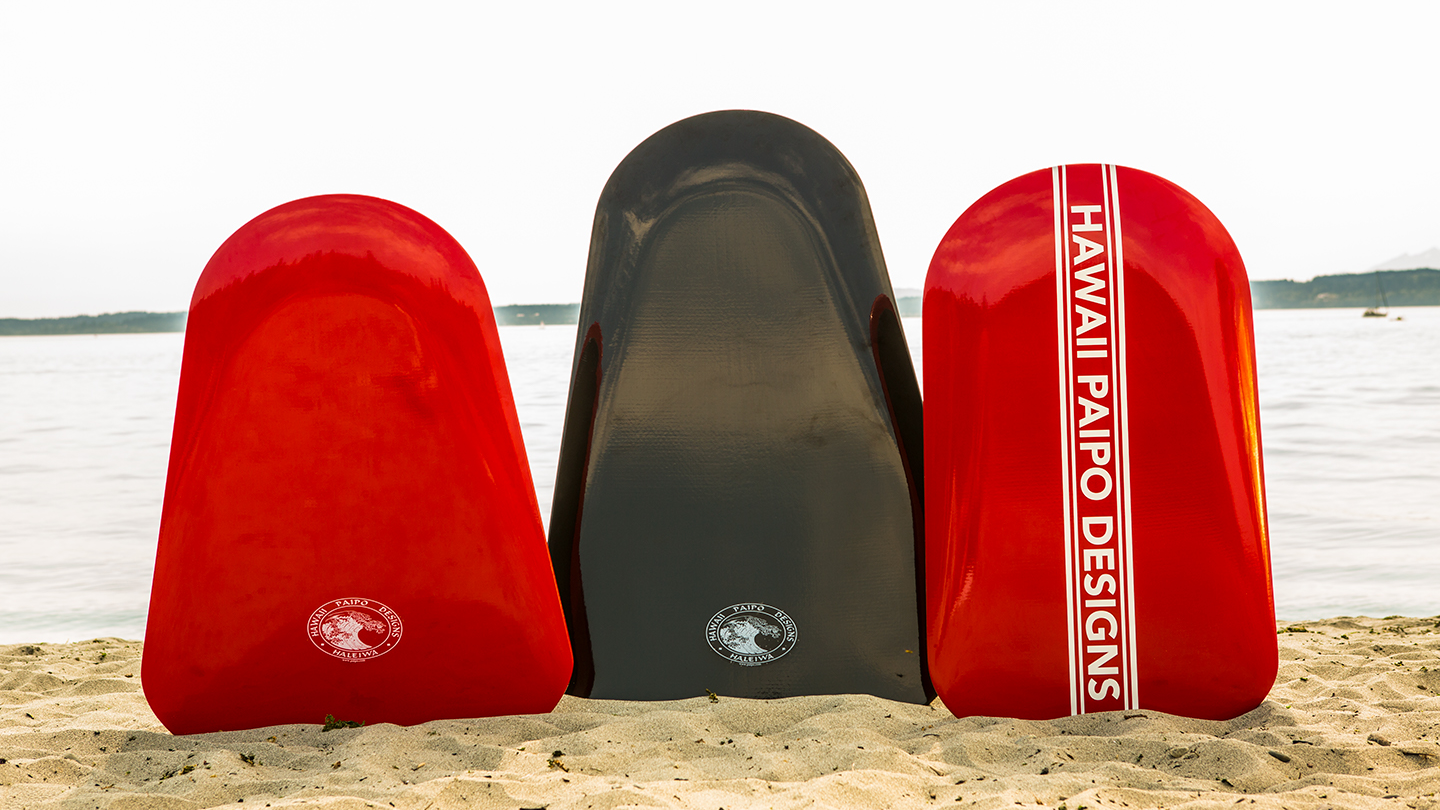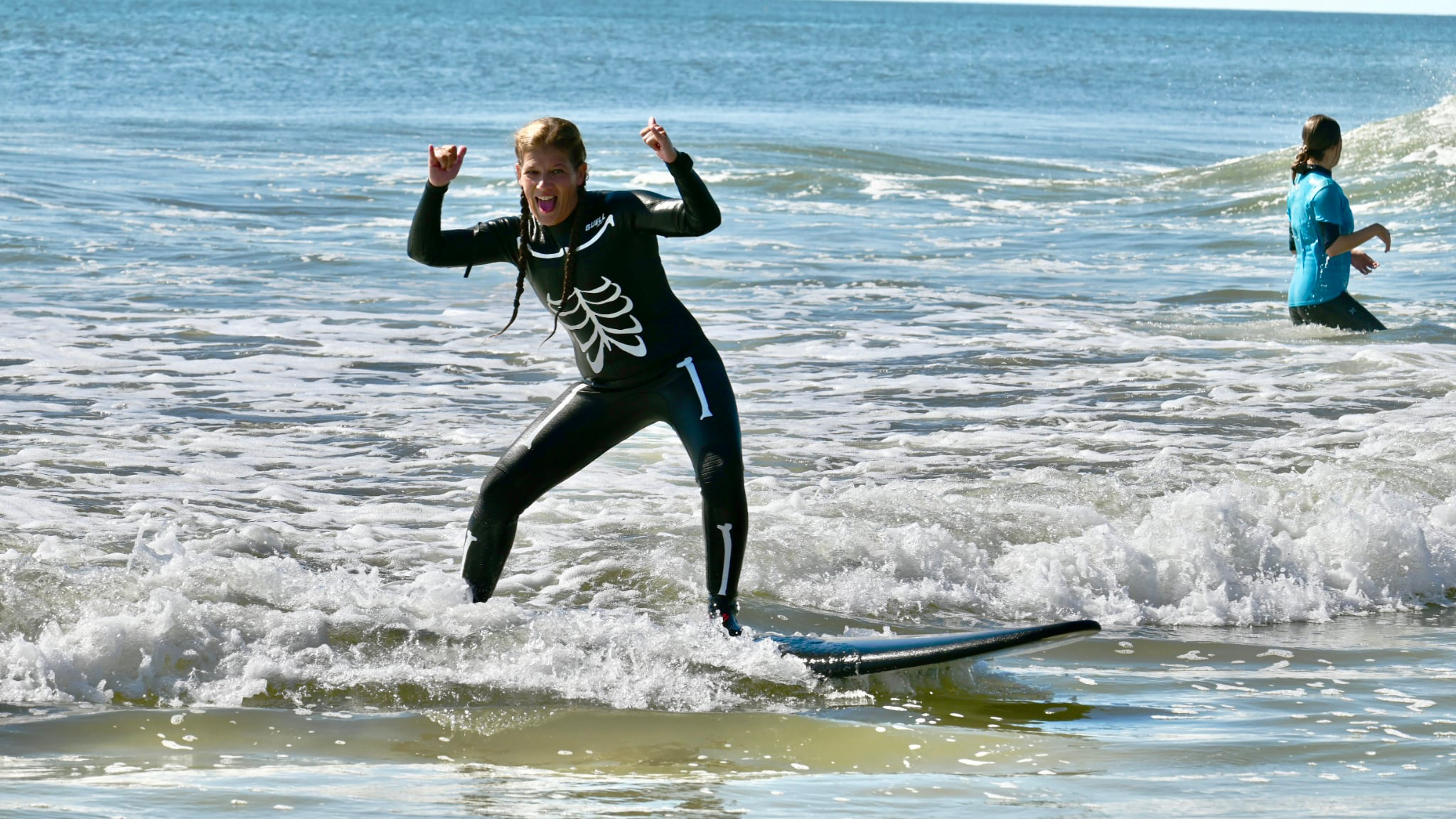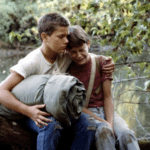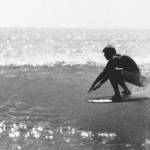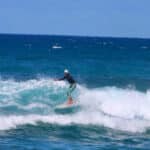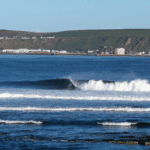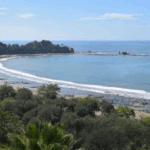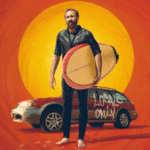Now Reading: Surfing started in Peru? LOL. Sure. Ok.
-
01
Surfing started in Peru? LOL. Sure. Ok.
Surfing started in Peru? LOL. Sure. Ok.
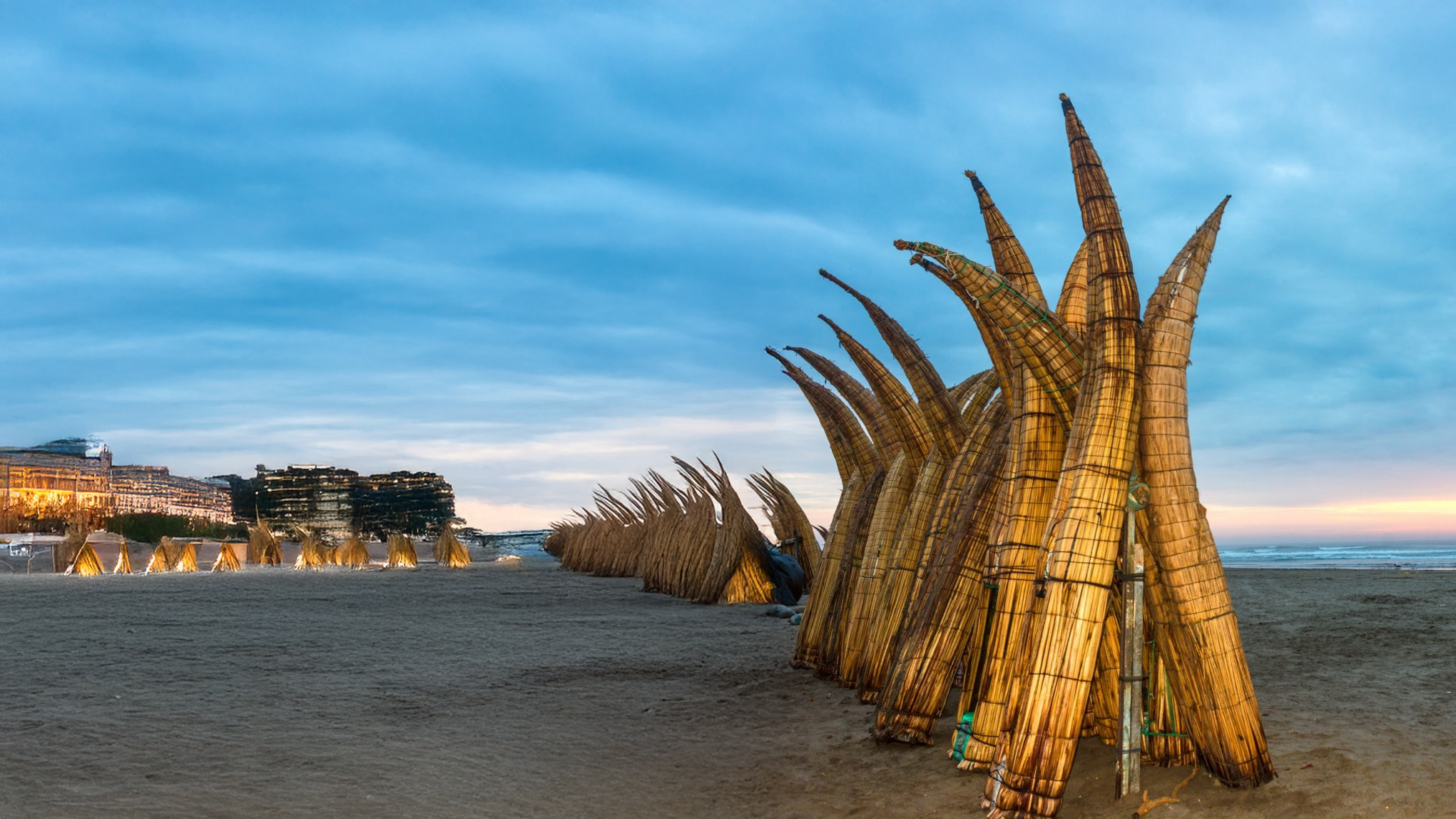
I was so excited about doing this story about the origins of surfing in Peru (as in, instead of Hawaii). Until I asked beginner surfers on Reddit if they care about surfing history at all—and I heard the loud and clear: nah, not for me.
Let’s do it anyway, because it’s a bonkers story, and I like to mention “caballito” over and over again.
???? The source: History of Surfing (audiobook style)
I’m currently listening to Matt Warshaw’s History of Surfing as an audiobook, narrated by Paul Boehmer, a super accomplished voiceover actor. It’s a treat for me because of Paul’s very characteristic voice, but it requires a bit of getting used to.
But I am digressing.
There’s a story in the book about the attempts of Felipe Pomar, Peru’s own surf celebrity and 1965 World Surfing Championships winner, to convince the world that surfing originated in Peru, 3,000 years ago—so a long time before any records of surfing in Hawaii.
???? Enter the caballito de totora
Here’s what is true:
In coastal Peru, ancient fishermen have been riding the waves on small reed watercraft called “caballitos de totora” (“little reed horses”) for over 3,000 years. They were designed to be straddled or kneeled on, and after paddling through the surf, riders would often surf the waves back in—sometimes even standing up.
As you may imagine, the whole “surfing was born in Peru, not Hawaii” spiel didn’t go down too well with the surfing community. But Felipe doubled down on it and posited that surfing in Peru was a direct—hold on, what’s the opposite of a descendant… ancestor—of surfing in Polynesia.
Let me translate: surfing started in Peru, got imported to Polynesia, and that’s how it ended up in Hawaii.
Whaaaat?
???? The Kon-Tiki Connection
Yeah. That’s when Felipe wheeled out the Kon-Tiki expedition argument.
What’s Kon-Tiki, you ask?
Well. In 1947, Norwegian explorer and ethnographer Thor Heyerdahl set sail from Peru to Polynesia on a hand-built balsa wood raft named Kon-Tiki—to prove that pre-Columbian South Americans could have sailed across the Pacific and settled parts of Polynesia.
Yes. On a raft. 4,300 miles. In the Pacific Ocean.
Heyerdahl and his crew of five set off from Callao, Peru, and floated for 101 days, eventually landing on Raroia Atoll in the Tuamotu Islands (part of French Polynesia).
???? A teenage conspiracy theory
I read Thor Heyerdahl’s Kon-Tiki as a teenager. It’s a fun read, and like any good conspiracy theory, it makes you feel like you’re onto something that other people are oblivious to.
My teenage pride in being in the know didn’t last long. I shared my excitement with my aunt. Her response… well, it would make this podcast episode explicit.
Why this matters is because my aunt is Dorota Starzecka, who was Assistant Keeper (meaning museum curator) for Oceania at the British Museum for several decades. The year I was born, she wrote a book about Hawaii—People and Culture—on the topics of Hawaiian society, religion, arts and crafts, and pastimes. So she knew a thing or two.
Teenage dreams: shattered!
Thor Heyerdahl’s theory has since been debunked by DNA testing. But that doesn’t make Kon-Tiki any less of an entertaining read.
Maybe I’ll serialize it for TikTok…
???? But was it really surfing?
Kon-Tiki or no Kon-Tiki, the biggest problem I personally have with the argument that surfing originated in Peru is the intent.
In ancient Hawaii—and Polynesia—surfing was done specifically for fun. It had a name: heʻe nalu in Hawaiian. It was deeply integrated into the social, spiritual, and recreational life of the Hawaiians.
In Peru, “surfing” on a caballito was a side effect of something more utilitarian—like fishing or transporting items along the shore. It didn’t exist as a sport, per se. And even standing on a caballito was more of an exception rather than a rule.
✅ TL;DR
To summarize: surfing originated in Hawaii. End of.
Of course, like the rest of the surfing community, I prefer the idea of surfing being born in Hawaii. It’s just… cooler. But that doesn’t make Felipe’s fight any less valid!
Wasn’t this a fun surf story? Even if you don’t like history of surfing much.


